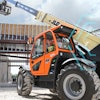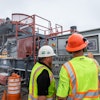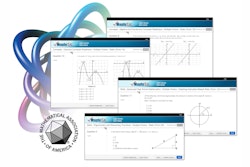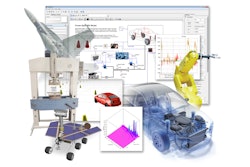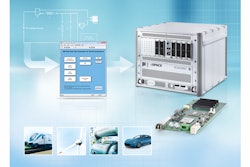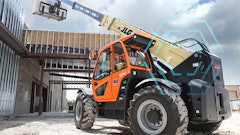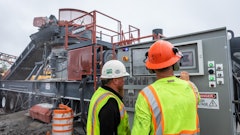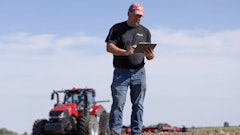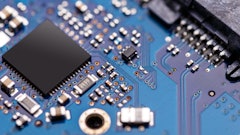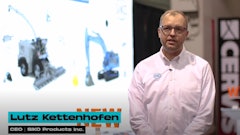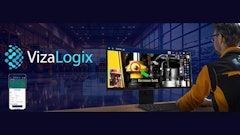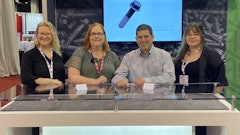
dSPACE has released version 4.3 of its AUTOSAR tool SystemDesk. The software now enables design engineers and software integrators to generate virtual electronic control units (V-ECUs) according to AUTOSAR R4. V-ECUs make testing new ECU functions without a hardware prototype fast and easy with the dSPACE virtual validation tool chain.
Easy Generation and Automatic Configuration
Once software developers have integrated their functions into the ECU application software in SystemDesk, they can generate a V-ECU from it with just a few clicks. SystemDesk automatically configures and generates additional components, such as the AUTOSAR Runtime Environment and the basic software components of ECU software required for the simulation. The basic software can optionally be configured specifically for a particular project. Developers can, therefore, generate their own V-ECUs to test the software functionality without requiring any previous knowledge about the basic software.
Early Function Tests with V-ECUs
V-ECUs are available earlier for function tests than the ECU hardware prototype, because developers can create them on their own PCs. The functional behavior of V-ECUs resembles that of physical ECUs. V-ECUs can be modified quickly to reflect design changes. Function and integration tests can be performed very early and often in the development process, and iteration times caused by modifications can be reduced.
Comprehensive Tool Chain for Virtual Validation
V-ECUs generated from SystemDesk are an integral part of the dSPACE tool chain for virtual validation. V-ECUs allow comprehensive tests of function behavior on the PC with the simulation platform dSPACE VEOS, on dSPACE’s in-vehicle-capable rapid control prototyping system MicroAutoBox II by using the RTI AUTOSAR Blockset, and on the dSPACE hardware-in-the-loop (HIL) simulator SCALEXIO. Real-time simulation models make it possible to test the software functionality in realistic scenarios. Moreover, existing HIL test scenarios, simulation models, configurations, and instruments can be reused. This saves development effort and provides a seamless test environment.

